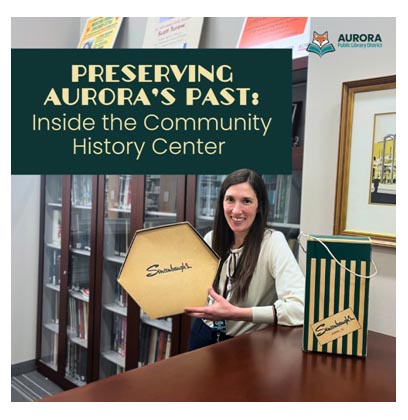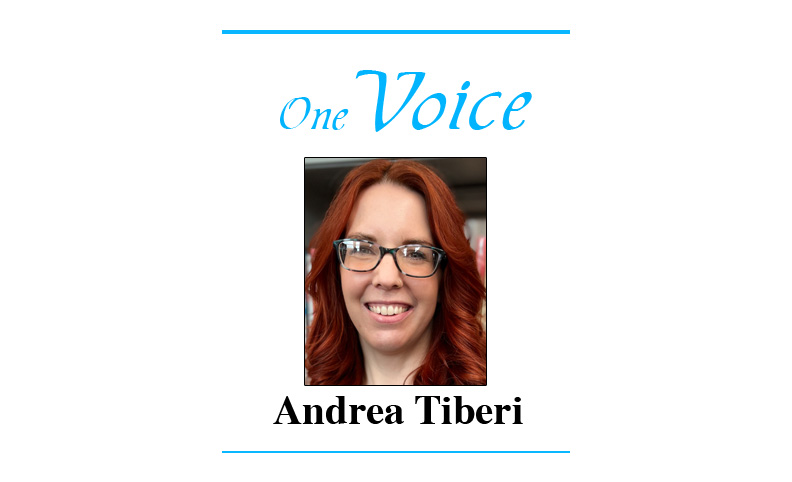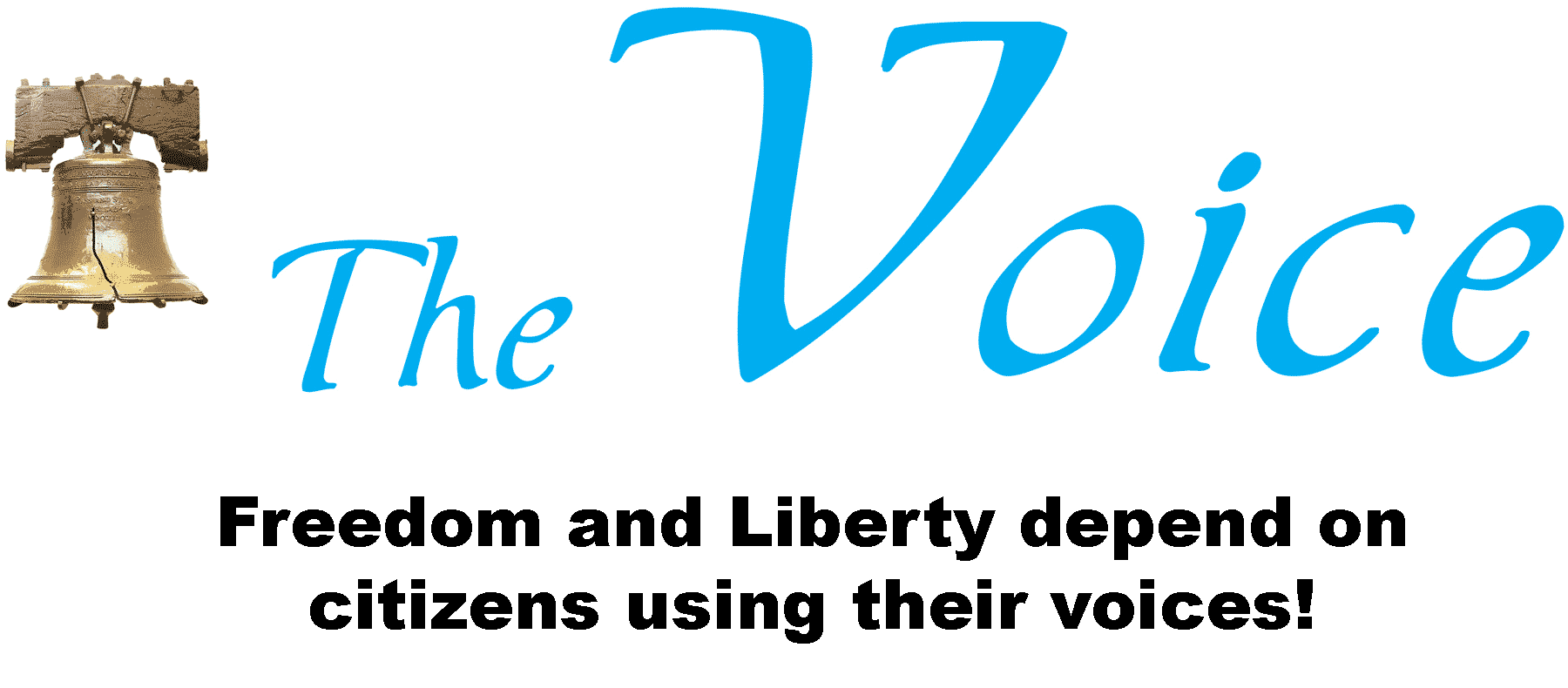

The Aurora Public Library District wears many different hats for our community. For those interested in local history, it’s a living archive that ensures the stories, struggles, and achievements of the community are not forgotten. These stories are held in our Community History Center, on the second floor of the Santori Library in the heart of downtown Aurora. Whether you are a researcher, student, or a curious resident, this space offers an extensive and ever-growing collection that keeps the city’s history alive and accessible.
Visitors to the Community History Center can immerse themselves in an array of historical treasures. The collection includes editions of the Aurora Beacon-News on microfilm, dating back to 1848, along with smaller runs of other local newspapers from the 19th and 20th Centuries. These documents capture the evolution of Aurora, chronicling political changes, social developments, and cultural milestones. For those interested in genealogy or local property history, we provide city directories from as early as 1858 and a vast selection of high school yearbooks from East (1913-2015) and West (1911-2010) Aurora High Schools. Additionally, there are hundreds of subject files filled with newspaper clippings that document Aurora’s businesses, organizations, and social clubs. “People often visit to look up things like their high school baseball stats, their mother’s recipe that was published in the Beacon, or a local business their grandfather owned,” said genealogy and community history librarian, Cailín. Our archival collection has a unique array of historical Aurora artifacts and documents including paintings, glassware, and packaging from Aurora’s historic Sencenbaugh’s department store (a staple from 1867-1968 specializing in women’s apparel, accessories and household necessities).
Learning about these items and their significance to Aurora’s history is what it’s all about. “Making history accessible is a way of placemaking – it roots people in the place they live and strengthens the connection between people and the places they share,” added Cailín. “Exposing and celebrating Aurora’s history is a way to build community.” From family historians uncovering their roots to student researchers compiling facts, the collection provides invaluable personal and communal insights. Seeing the Sencenbaugh’s hat box allows you to put together the picture of someone living and shopping in Aurora during that time. These preserved pieces offer a tangible link to the past, allowing us to step into the lives of those who came before us and better understand the rich tapestry of Aurora’s history.
For those who spend their days among these historical artifacts, picking a favorite is no easy task. Ethan, a new addition to the department, shares, “My favorite thing is easily the Beacon-News microfilm collection. I could spend all day flipping through old newspapers.” He also appreciates the old city directories and 19th-Century atlases that provide a detailed look at Aurora’s transformation over time. Cailín, on the other hand, is drawn to the unique archival materials. “Our collection has some incredible pieces, like several letters from the 1850s on Clark Seminary letterhead and 19th-Century high school commencement programs. These documents tell personal stories that bring history to life.”
Whether you are tracing your family history, researching a historic home, or simply exploring the stories of those who came before, the Community History Center invites you to discover, connect, and celebrate Aurora’s past. You can find a wealth of information on our website, www.aurorapubliclibrary.org/CommunityHistory, or plan avisit anytime during library open hours. Just like the treasured Sencenbaugh’s hat box, each piece in the Community History Center helps complete the picture of Aurora’s past—one story, one artifact, and one memory at a time—because at the Aurora Public Library District, we proudly wear the many hats of history keepers, storytellers, and community builders.
Andrea Tiberi is the communications coordinator for the Aurora Public Library District.

